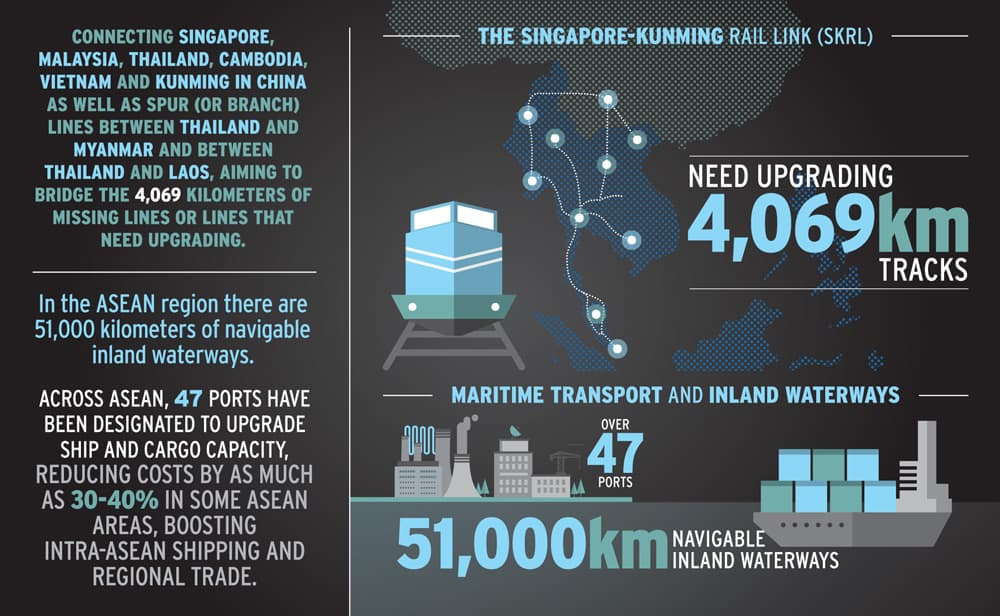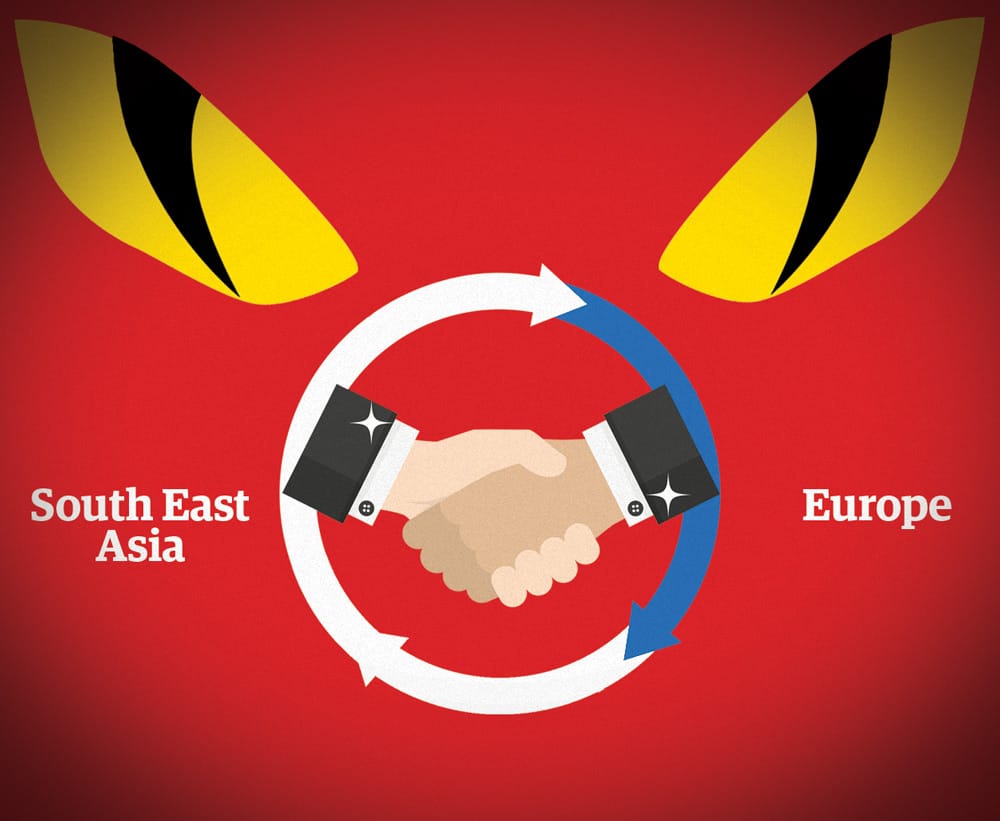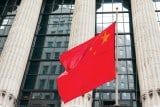Rejected by some in Europe, the EU remains an attractive model for Southeast Asia, says Mark Godfrey.
It’s an interesting contrast to the gloom on EU elsewhere: the EU-style Association of South East Asian Nations (ASEAN) economic bloc is attempting to copy the EU experience by gradually opening up its labour market to free movement for certain skills.
The launch of the ASEAN Economic Community (AEC) in 2015 capped a dozen years of negotiations to allow free movement of skilled personnel between ASEAN member states to facilitate economic growth. While ASEAN has sought to mirror the free market of the European Union the AEC clearly will not replicate the EU.
Often accused of dysfunctionality, Brussels looks ambitious and effective next to the record of ASEAN, which has few comparable successes to the EU to show after a similar period in existence.
The diversity of ASEAN’s ten member states means it requires free movement of skilled labour rather than the free movement of people allowed by Brussels, according to ASEAN secretary-general Surin Pitsuwan, in launching the ASEAN Community Vision 2025, which calls for “seamless movement” of investment, skilled labour, business people and capital over the coming decade.
THE PROFESSIONALS
The AEC created mutual recognition agreements (MRAs) in eight professions – accountants, engineers, nursing, architects, surveyors, doctors, dentists, and tourism professionals. But work permits are still necessary and even these professionals still require professional examinations in the host country.
There has not been a ‘big bang’ of free movement of labour comparable to the EU experience and that was never intended. Indeed, the real significance of the ASEAN initiative may not be in movement but in mindsets at HR departments in the region. As ASEAN gradually integrates with the slow push to an ASEAN single market even state-owned enterprises are forced to look beyond their own borders for growth.
There has not been a ‘big bang’ of free movement of labour
There appears to have been a realisation among southeast Asian governments that there has to be better mobility of talent in order to meet ambitions to attract investment from multinationals and Chinese firms seeking to relocate to ASEAN members for lower costs. Multinationals don’t leave China just for cost reasons because they have a huge market there. Hence nations like Vietnam have to make it easy for movement of workers if they’re to draw investment away from China.
It’s perhaps under-appreciated the extent of cross border movement of workers: there are currently 18.8 million people working across ASEAN borders according to the Asian Development Bank –though only 6.5 million of those are formal labour migrants.
ECONOMIC DISPARITY
Established in 1967 by six original members (Brunei, Indonesia, Malaysia, Philippines, Singapore, Thailand), ASEAN has grown to be a US$2.6 trillion economy (in 2014) of 622 million people. Indeed ASEAN will rank as the world’s fourth largest economy in 2050 according to projections by the management consultancy McKinsey.
ASEAN is forced to move slowly with integration given its ten current members are very diverse in economics (and culture): Singapore ranks fifth in the world for corporate headquarters (first for foreign subsidiaries) but its average per capita GDP of US$53,224 compares with US$1,140 in Cambodia and US$1,269 in Myanmar.
ASEAN is poised to benefit from a young population but requires “enormous investment” in human capital to realise its potential, according to Vinayak HV, principal at McKinsey’s Singapore office, in a research paper.
KING KONG
A lack of investment in human capital means economic growth in ASEAN has so far benefitted Hong Kong more than other territories. Frustration about uneven bureaucracy, compliance costs and talent shortages across the region means multinationals seeking to access the entire region operate their headquarters out of Hong Kong.
A slowdown in the Chinese economy (the territory entered recession this year for the first time in nearly a decade) has turned Hong Kong government heads to ASEAN with renewed urgency: a Hong Kong-ASEAN free trade deal scheduled for completion by the end of this year will include trade in services.
It’s natural the city’s government would want to have access to any liberalisation happening in ASEAN by signing a free trade deal.
Multinationals don’t leave China just for cost reasons
Hong Kong has long relied on low-cost domestic labour from ASEAN members the Philippines and Indonesia, but the country’s role as a financial services and legal hub for the region faces erosion if an equivalent base emerges. Notably, the city’s role as a bridge to mainland China has given it an edge in its rivalry with ASEAN member Singapore, another leader in financial services and logistics.
Whatever happens the transfer of talent appears necessary and irreversible: the latest (2016) ASEAN Business Outlook Survey published by the American Chamber of Commerce in Singapore shows that 75% of the executives surveyed across all ten ASEAN countries believe that ASEAN integration is important to doing business in the region.
The EU project might have fallen out of favour with some in Europe but it remains a model in Southeast Asia.








